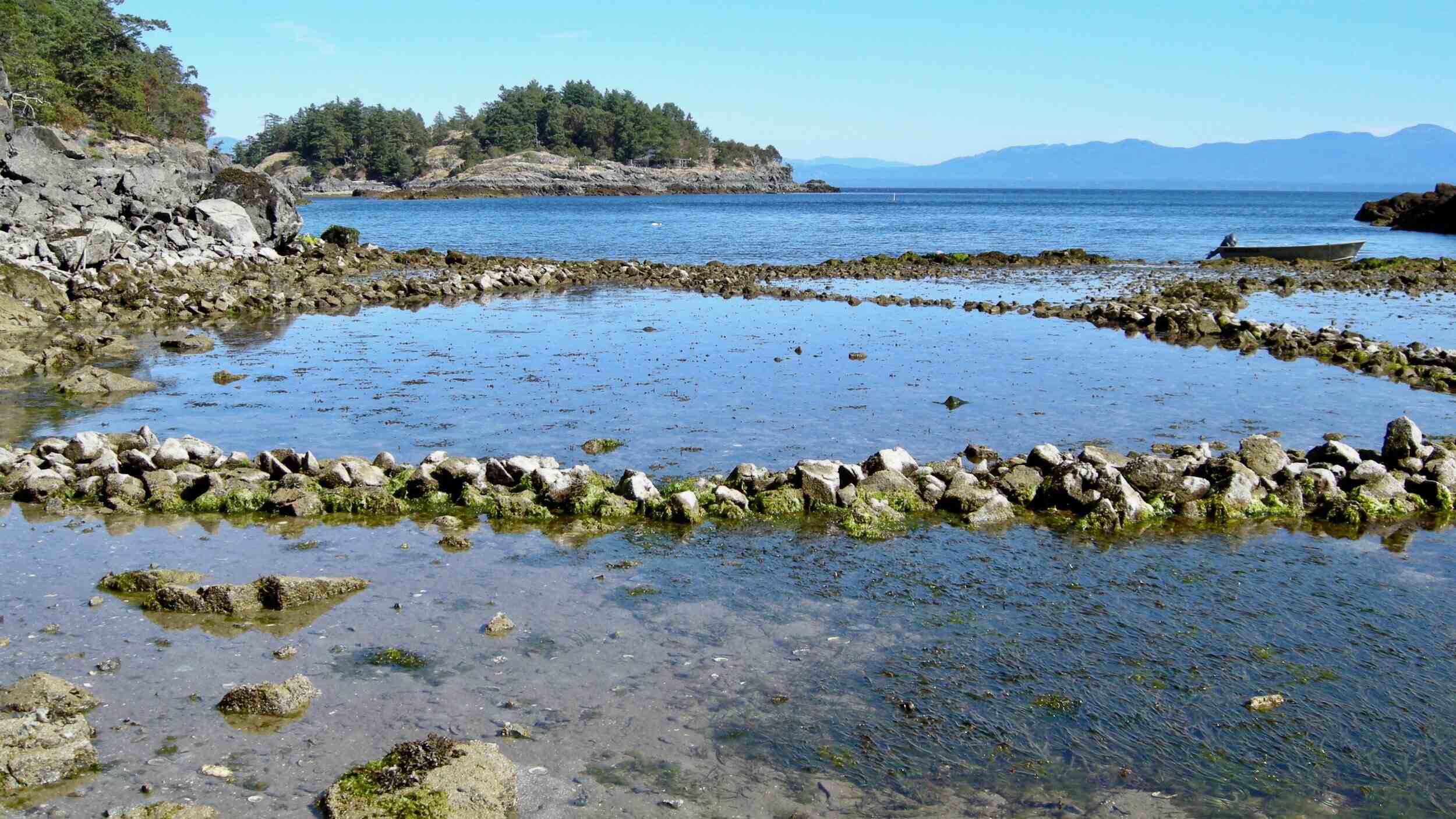Secrets Of Vermont’s Ancient Indigenous Stone Fish Weirs

Have you ever wondered about the ancient structures hidden in Vermont's rivers? Vermont's ancient indigenous stone fish weirs are fascinating remnants of a time when native tribes relied on these clever constructions for fishing. These stone weirs, built by indigenous peoples, are intricate designs made from carefully placed rocks. They created traps that funneled fish into specific areas, making it easier to catch them. These structures not only showcase the ingenuity of early inhabitants but also offer a glimpse into their daily lives and survival techniques. Exploring these ancient fish weirs can be like stepping back in time, connecting us to the rich history and culture of Vermont's indigenous communities.
Vermont's Hidden Historical Gems
Vermont, known for its picturesque landscapes and charming small towns, holds secrets that date back centuries. Among these are the ancient indigenous stone fish weirs, structures used by Native Americans to catch fish. These historical sites offer a glimpse into the ingenuity and resourcefulness of the region's earliest inhabitants.
What Are Stone Fish Weirs?
Stone fish weirs are carefully constructed arrangements of stones in rivers and streams. These structures were designed to funnel fish into traps, making it easier for indigenous people to catch them. The weirs are a testament to the sophisticated techniques used by Native Americans long before modern fishing methods.
Where to Find Vermont's Ancient Stone Fish Weirs
If you're curious about these fascinating historical sites, here are some places in Vermont where you can find ancient stone fish weirs:
Missisquoi River
The Missisquoi River, flowing through northern Vermont, is home to several ancient stone fish weirs. These structures can be found in the river's shallow sections, where the water flow is slower. The Missisquoi National Wildlife Refuge offers guided tours that include visits to these historical sites.Winooski River
The Winooski River, which runs through the heart of Vermont, also features ancient stone fish weirs. These weirs are located near the river's confluence with smaller streams. The Intervale Center in Burlington provides educational programs that highlight the historical significance of these weirs.Otter Creek
Otter Creek, the longest river in Vermont, has several ancient stone fish weirs along its course. These weirs are often found in areas where the river widens and slows down. The Middlebury College Museum of Art offers exhibits that include information about the weirs and their role in indigenous culture.White River
The White River, known for its clear waters and scenic beauty, is another location where ancient stone fish weirs can be found. These weirs are typically located in the river's upper reaches. The White River Partnership organizes events that focus on the preservation and study of these historical structures.Lamoille River
The Lamoille River, flowing through northern Vermont, has several ancient stone fish weirs along its banks. These weirs are often located in areas where the river's flow is gentle. The Lamoille County Historical Society offers guided tours that include visits to these fascinating sites.Black River
The Black River, winding through southeastern Vermont, features ancient stone fish weirs in its calmer sections. These weirs are a testament to the resourcefulness of the region's indigenous people. The Black River Academy Museum provides educational programs that explore the history and significance of these weirs.Connecticut River
The Connecticut River, forming the eastern border of Vermont, has several ancient stone fish weirs along its length. These weirs are typically found in areas where the river's flow is slower. The Connecticut River Conservancy offers programs that highlight the historical importance of these structures.West River
The West River, flowing through southern Vermont, is home to ancient stone fish weirs in its quieter sections. These weirs are a testament to the ingenuity of the region's indigenous people. The West River Watershed Alliance organizes events that focus on the preservation and study of these historical sites.Battenkill River
The Battenkill River, known for its excellent fishing, also features ancient stone fish weirs. These weirs are located in the river's slower sections. The Battenkill Conservancy offers guided tours that include visits to these fascinating historical sites.Deerfield River
The Deerfield River, flowing through southwestern Vermont, has several ancient stone fish weirs along its course. These weirs are often found in areas where the river's flow is gentle. The Deerfield River Watershed Association provides educational programs that explore the history and significance of these weirs.
The Timeless Legacy of Vermont's Stone Fish Weirs
Vermont's ancient Indigenous stone fish weirs offer a fascinating glimpse into the past. These structures, built by Native American tribes, showcase their ingenuity and deep connection to nature. The weirs not only provided a reliable food source but also fostered community and cultural practices.
Visiting these sites today, you can feel the history and craftsmanship that went into their construction. They remind us of the importance of sustainable living and respecting natural resources. Exploring these weirs is a unique way to connect with Vermont's rich heritage and appreciate the wisdom of its original inhabitants.
Next time you find yourself in Vermont, take a moment to visit these ancient fish weirs. They are more than just stones in a river; they are a testament to human resilience and harmony with the environment.

